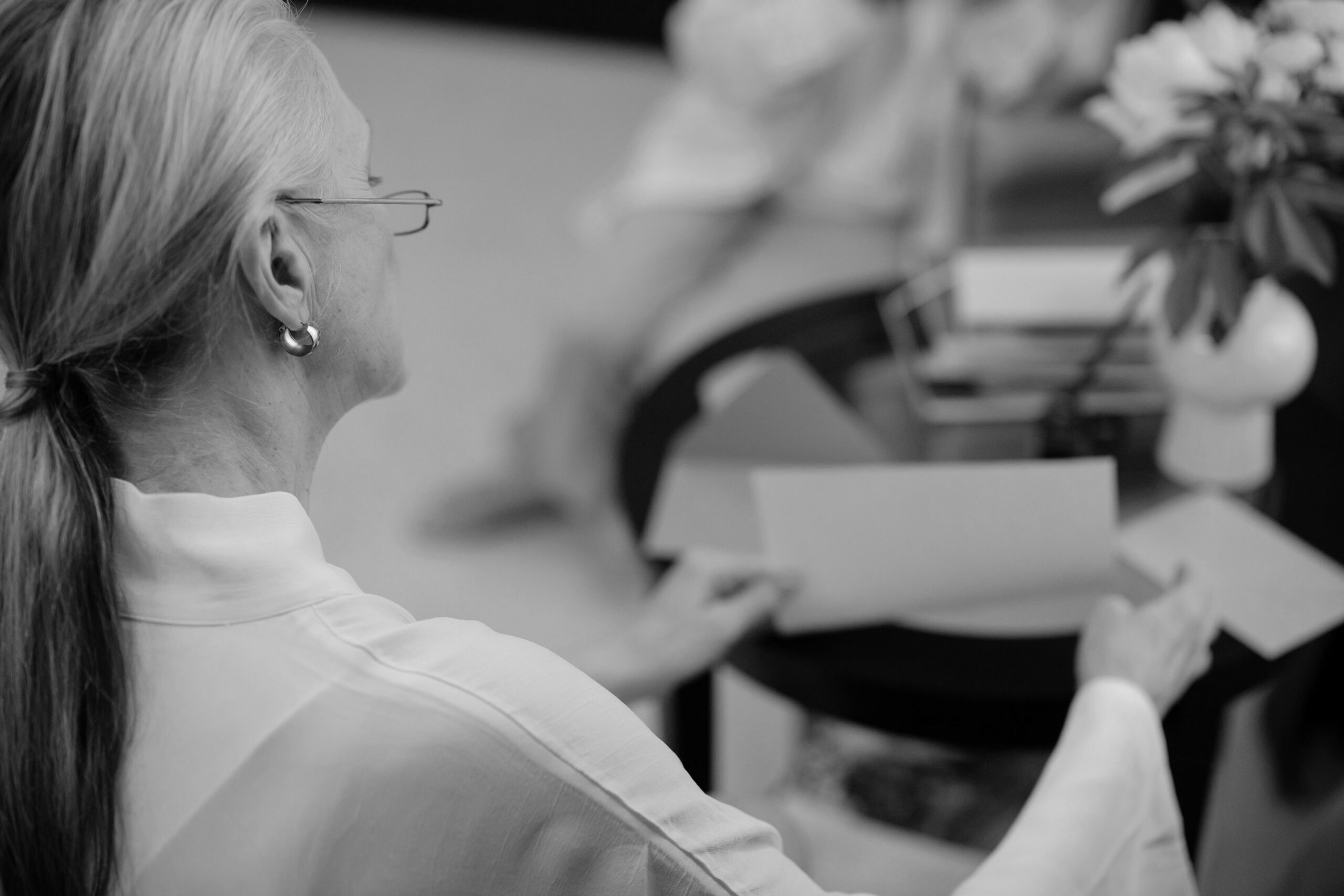As a music production professional, investing in high-quality equipment is essential for achieving your creative goals and building a successful career. However, understanding the tax implications of these investments is crucial to maximising your financial returns.
Capital assets are assets that are held for investment or for a business purpose. Music production equipment typically falls under this category, as it is used to generate income through music production activities. When you invest in capital assets, you may be eligible for certain tax benefits, such as:
- Capital Gains Tax (CGT): CGT is a tax levied on the profit made from selling a capital asset. If you sell your music production equipment at a profit, you may be liable for CGT. However, there are several exemptions and reliefs that can reduce or eliminate your CGT liability.
- Corporation Tax: If you operate as a limited company, you can claim capital allowances for the cost of your music production equipment. Capital allowances reduce your taxable profits and can significantly lower your corporation tax bill.
- VAT (Value-Added Tax): If you are registered for VAT, you can often reclaim the VAT paid on business purchases, including music production equipment. This can help to reduce the overall cost of your equipment.
To qualify as a capital asset, music production equipment must meet certain criteria:
- Business Use: The equipment must be used exclusively for business purposes and not for personal use.
- Intention to Hold: You must have intended to hold the equipment as a long-term investment rather than for short-term profit.
- Substantial Use: The equipment must be used in a substantial way in your business operations.
If your music production business is a limited company, you can claim capital allowances for the cost of your equipment. Capital allowances are tax deductions that reduce your taxable profits. There are two main types of capital allowances for music production equipment:
- Annual Investment Allowance (AIA): The AIA allows you to claim a tax deduction of up to £1 million in a single tax year for the cost of qualifying assets, including music production equipment.
- Main Pool: If the cost of your equipment exceeds the AIA limit, you can claim capital allowances through the main pool. The main pool is a pool of assets that are depreciated over a number of years.
There are other tax considerations to be aware of when investing in music production equipment:
- Gift Aid: If you donate music production equipment to a charity, you may be eligible for Gift Aid, which increases the value of your donation by 25%.
- Inheritance Tax: If you own music production equipment that is worth more than the nil-rate band for inheritance tax, it may be subject to the tax upon your death.
Investing in music production equipment can be a significant financial commitment. However, by understanding the tax implications and taking advantage of available tax benefits, you can maximise your returns and build a successful business.
But it’s complicated – we know the music world and can negotiate its financial implications, so get in touch and let’s work out the best way forward so that you can invest in the best kit available.


